Proper identification and handling of hazardous materials is imperative in many work settings. Facilities that store or use substances posing biological risks have a duty to communicate these dangers clearly. Posting biohazard warning signs is a critical measure to alert people entering potentially contaminated areas. In this article, we provide free printable biohazard sign templates to help you label hazardous zones appropriately.
We offer downloads in both PDF and Word formats, making it simple to customize and print professional-looking signs. Our designs include the globally recognized biohazard symbol and clear “Biohazard” text to indicate the presence of infectious agents or toxins. Well-designed signage prevents accidental exposures and helps ensure safety protocols are followed. These free sign templates allow you to quickly create and display visual alerts where biohazards exist. With just basic printing, you can promote compliance and foster a culture of caution when hazardous materials are present.
Table of Contents
Biohazard Sign Templates
The biohazard sign is a recognizable symbol that warns of biological hazards. The template for the biohazard sign is an abstract human figure in orange set against a contrasting yellow background enclosed within a black border in the shape of a diamond. Inside the diamond, the orange human figure has its arms and legs outstretched. This biohazard symbol template was developed in 1966 by Charles Baldwin, an environmental engineer working at the Dow Chemical Company.
The biohazard sign’s distinctive colors and design help communicate danger and prompt caution. Orange and yellow are bright, attention-grabbing colors, while the splayed human figure indicates a health threat. The bold black diamond border delivers the message that what’s inside requires alertness. This visual language is designed to signal: Be careful. Biological contaminants are present. Proper precautions should be taken.
Charles Baldwin’s original biohazard sign has become ubiquitous worldwide. As a standardized visual cue, the biohazard symbol appears on lab equipment, hazardous waste containers, and other materials that could impose biological risks. The warned-of hazards may include anything from pathogens and toxins to used needles and infected blood. Wherever it appears, the biohazard template remains a concise, effective way to communicate potential danger from biological substances.
What Is The Importance Of Biohazard Signs, And Why Are They Considered Crucial?

Biohazard signs are critical tools in ensuring the safety and health of individuals within and around areas where biological hazards exist. They are part of a larger framework of hazard communication and control measures designed to protect individuals from exposure to harmful biological agents and materials. Here are several reasons why biohazard signs are considered crucial:
- Identifying Hazardous Areas:
- Biohazard signs are used to mark and identify areas where biological hazards are present. This is critical for alerting individuals to the potential risks they may encounter in these areas.
- Promoting Safety Awareness:
- By displaying biohazard signs, awareness is created among employees, visitors, or any individuals nearby regarding the presence of biological hazards. This helps in promoting a culture of safety and ensures that individuals are informed about the dangers present.
- Compliance with Legal and Regulatory Requirements:
- The use of biohazard signs is often mandated by various local, national, and international regulations and standards. Compliance with these requirements is crucial to avoid legal repercussions and to maintain a good standing with regulatory bodies.
- Preventing Exposure and Cross-contamination:
- Biohazard signs help in controlling access to hazardous areas, thus minimizing the risk of exposure and cross-contamination. Individuals with the necessary training and personal protective equipment (PPE) are better prepared to enter these areas safely.
- Facilitating Proper Handling and Disposal:
- Biohazard signs also indicate areas or containers where hazardous materials should be handled with special care or disposed of properly. This helps in preventing the mishandling of biological materials and ensures the safe disposal of biohazardous waste.
- Aiding Emergency Response:
- In case of an emergency, such as a spill or exposure incident, biohazard signs provide critical information to emergency responders. This helps them in quickly assessing the situation and taking the necessary steps to contain and mitigate the hazard.
- Training and Education:
- Biohazard signs serve as constant reminders for individuals about the training they have received regarding the safe handling, storage, and disposal of biological materials. They reinforce training and educational efforts aimed at promoting a safe working environment.
- Increasing Efficiency and Productivity:
- When individuals are well-informed about the hazards present and the precautions necessary, there is likely to be fewer incidents, which in turn leads to a safer, more efficient, and productive working environment.
- Protection of Public Health:
- By containing and controlling biohazardous materials effectively, biohazard signs play a crucial role in the broader public health framework. They aid in preventing the spread of infectious diseases and other health risks associated with biological hazards.
- Promoting Trust and Accountability:
- Displaying biohazard signs and adhering to safety protocols fosters a sense of trust and accountability among employees, stakeholders, and the community at large. It shows a commitment to maintaining a safe and healthy environment.
Understanding Biohazard Levels
When dealing with biological agents and toxins, identifying proper biohazard levels is critical for safety. There are a few key classification systems used to rank biohazards based on the risks they pose. Matching appropriate precautions and containment procedures with these hazard levels is essential in facilities that handle dangerous microbial agents. The main biohazard ranking frameworks establish tiered levels of risk and corresponding safety protocols. Becoming familiar with these biohazard rating systems enables compliance with regulations and preventative measures against exposure. The key biohazard levels are:
Biohazard Level 1 (BSL-1):
Biohazard Level 1 (BSL-1) is the lowest level of biocontainment and is typically designated for laboratories where research on well-characterized agents that do not cause disease in healthy humans is conducted. The work in BSL-1 labs is usually directed at the understanding and education of basic principles of microbiology and pathology. The agents dealt with in these labs are considered to pose minimal potential threat to laboratory personnel and the environment. For example, a common microorganism handled at this level is the non-pathogenic strain of E. coli, which is often used in molecular biology laboratories.
The safety protocols in BSL-1 labs are relatively relaxed compared to higher-level biohazard laboratories. These labs require no special equipment or design features beyond what is normally found in a well-designed and ventilated laboratory. The primary risk mitigation comes from good microbiological techniques and practices employed by trained staff. Despite the lower level of risk associated with BSL-1, adherence to basic hygiene practices, such as handwashing and the use of personal protective equipment like lab coats and gloves, is necessary to maintain a safe working environment.
BSL-1 laboratories contribute significantly to the educational and scientific understanding of microbiological principles. They form the foundation on which more complex, high-containment research is built. The work done in BSL-1 labs is crucial for the development and understanding of basic microbiological principles, which are then applied in more high-stakes research environments.
Biohazard Level 2 (BSL-2):
Biohazard Level 2 (BSL-2) is a step up from BSL-1 and is designed for work involving agents that pose moderate hazards to personnel and the environment. BSL-2 laboratories handle a broader range of microorganisms, including some that can cause mild disease in humans, either through ingestion or via percutaneous or mucous membrane exposure. An example of an organism commonly worked with at this level is Staphylococcus aureus, a bacterium capable of causing skin infections.
BSL-2 labs feature additional containment measures not found in BSL-1 labs, such as self-closing doors, an eyewash station, and an autoclave for sterilization of waste material before disposal. Laboratory personnel have specific training in handling pathogenic agents and are directed by competent scientists who are experienced in working with potentially hazardous materials. The procedures in place ensure the containment of potentially harmful agents, and the use of personal protective equipment such as lab coats, gloves, and face protection is standard practice.
The work conducted in BSL-2 labs is more complex and potentially hazardous than in BSL-1 labs. Hence, the oversight and safety procedures are more stringent. The research carried out in BSL-2 laboratories often contributes to the understanding and treatment of various diseases, playing a crucial role in the broader public health framework. The protocols followed in BSL-2 labs serve as a critical bridge in the biocontainment spectrum, preparing personnel and processes for the more stringent requirements of BSL-3 and BSL-4 environments.
Biohazard Level 3 (BSL-3):
Biohazard Level 3 (BSL-3) is designated for laboratories handling microbes that can cause serious or potentially lethal diseases through respiratory transmission. A typical example of a microorganism worked with at this level is Mycobacterium tuberculosis, the causative agent of tuberculosis. BSL-3 labs are essential for the development of diagnostics, vaccines, and treatments for such diseases.
The containment measures and controls at BSL-3 are stringent, with specialized ventilation systems to ensure directional airflow and filtration of air before release into the environment. Access to BSL-3 labs is controlled and strictly regulated, with personnel required to undergo thorough training in handling potentially lethal agents. Personal protective equipment such as respirators or powered air-purifying respirators (PAPRs) are often required, along with regular fit testing to ensure the equipment provides adequate protection.
The work conducted in BSL-3 laboratories is often critical to public health efforts, particularly during outbreaks of serious infectious diseases. The biocontainment procedures are meticulously followed to ensure the safety of personnel and to prevent the accidental release of dangerous microorganisms into the external environment. The insights gained from research in BSL-3 settings are invaluable for understanding disease dynamics and developing mitigation strategies against severe infectious diseases.
Biohazard Level 4 (BSL-4):
Biohazard Level 4 (BSL-4) represents the highest level of biocontainment and is reserved for laboratories working with agents that pose a severe threat to both individual and public health. These agents often have no available vaccines or treatments. An example of an organism handled at this level is the Ebola virus, known for causing severe hemorrhagic fevers with high mortality rates.
The design and construction of BSL-4 labs are highly specialized to provide maximum containment. Facilities often have separate buildings or isolated zones, with double-door airlock entry points, shower exits, and airtight construction to prevent any escape of microorganisms. Personnel entering BSL-4 labs require extensive training and must wear full-body, air-supplied, positive pressure suits. The level of precaution reflects the extreme danger associated with the pathogens handled in these labs.
BSL-4 laboratories are crucial for the study of highly dangerous pathogens and the development of medical countermeasures to combat them. Despite the inherent risks, the work done in these labs is vital for the advancement of public health and biosecurity. Every procedure in a BSL-4 lab is meticulously planned and executed to ensure the highest degree of safety and containment. The knowledge obtained from BSL-4 laboratories can significantly impact the global response to emerging infectious diseases and bioterrorism threats, underscoring their indispensable role in modern science and public health.
Designing Biohazard
Effective biohazard warning signs are a critical component of health and safety protocols when handling infectious agents. Creating signage that immediately alerts people to potential biological risks requires careful design considerations. There are several key factors to take into account when developing biohazard signage, including:
Key Elements to Include:
Designing biohazard signs requires a careful consideration of various elements to ensure they convey the intended message effectively and comply with the prevailing standards and regulations. Here are some key elements to include in biohazard signs:
- Symbol: The biohazard symbol is a universally recognized icon that should be prominently featured on the sign. This symbol immediately conveys the presence of biological hazards.
- Text: Clearly written text indicating the nature of the hazard, precautions to be taken, and other relevant information should be included. The text should be legible and concise to ensure quick comprehension.
- Language: Depending on the region, biohazard signs may need to feature multiple languages to ensure understanding by all individuals who might encounter the hazardous area.
- Contact Information: It’s advisable to include contact information for the responsible person or department in case of emergencies or for further information.
- Additional Symbols: Depending on the specific hazards present, additional symbols representing other types of hazards or protective equipment requirements might be necessary.
Color and Symbol Standards:
Colors and symbols used in biohazard signs should adhere to standard conventions to ensure consistency and immediate recognition. Here are some standards:
- Color: The standard color for biohazard signs is fluorescent orange or orange-red. This color is easily visible and universally recognized in association with biohazards.
- Symbol: The biohazard symbol, consisting of three interconnected circles within a ring, is a universally recognized symbol for biological hazards. This symbol should be black to contrast sharply with the orange or orange-red background.
- Additional Colors and Symbols: If additional symbols are used to represent other hazards or requirements, they should adhere to established color and symbol standards (e.g., blue for chemical hazards, green for safety equipment).
Size and Visibility Guidelines:
The effectiveness of a biohazard sign is largely determined by its visibility and legibility. Here are some guidelines regarding size and visibility:
- Size: The size of a biohazard sign should be large enough to be easily seen and read from a reasonable distance. The size may need to be adjusted based on the location and the typical distance from which individuals will view the sign.
- Location: Biohazard signs should be placed at eye level and at all access points to the hazardous area. Additional signs may be required within the area to reinforce the message.
- Visibility: Signs should be unobstructed and well-lit to ensure visibility. The color contrast between the text/symbol and background, as well as reflective or luminescent materials, can enhance visibility.
- Legibility: Text and symbols should be clear, simple, and easy to understand. A sans-serif font is often recommended for better legibility.
Free Printable Biohazard Sign: Highlighting Hazards with TypeCalendar
Biohazard signs are crucial for maintaining safety in areas where biological substances could pose a threat to human health. It is imperative to have clear, bold signs to warn individuals of the presence of biohazardous materials. At TypeCalendar, we offer a robust solution with our free printable Biohazard Sign collection. Available in both PDF and Word formats, our signs are designed for easy download and printing. The Word format allows for customization, making it an adaptable choice for different settings. With a few simple clicks, you can have a professional-quality biohazard sign ready for display, contributing to the safety and awareness in your premises.
Download Biohazard Sign: An Essential Safety Precaution
The mere presence of biohazardous materials necessitates stringent safety measures, one of which is proper signage. Our printable Biohazard Signs at TypeCalendar are crafted to meet this critical need. They serve as a stark visual reminder of the precautions required to maintain a safe environment. The easy download and print feature ensure that you can swiftly have these signs up, minimizing any potential risk. By offering a downloadable format, we aim to expedite the process of marking hazardous areas, thus contributing to the broader goal of workplace or institutional safety. Whether you choose the PDF for a quick print or the Word format for customization, the goal remains clear – to provide easily accessible safety signage.
Enhance Bio-Safety Awareness with TypeCalendar’s Printable Biohazard Signs
Awareness is a key component in ensuring safety, especially in areas prone to biohazardous risks. TypeCalendar’s selection of printable Biohazard Signs is geared towards enhancing this awareness effortlessly. The universally recognized biohazard symbol on our signs ensures that the message is unequivocal, regardless of language or cultural differences. The straightforward download process from the TypeCalendar website to your printing device is designed to be hassle-free. Our commitment is to provide high-quality, easily accessible signs that play a crucial role in promoting a culture of safety and awareness wherever biohazardous materials are present.
Accessible Safety Signage: Download, Print, and Display Biohazard Signs
Safety should never be compromised, and having clear, visible signage is a step towards upholding this principle. At TypeCalendar, we have simplified the process of acquiring biohazard signage by offering free printable Biohazard Signs. Post downloading, these signs can be printed on standard paper sizes and are optimized for both color and black-and-white printing, ensuring clarity and visibility even from a distance. They maintain high-resolution quality irrespective of the size you choose to print, making them a reliable choice for marking biohazard areas. By offering these vital Biohazard Signs for free, TypeCalendar is contributing towards fostering safer and more informed environments.

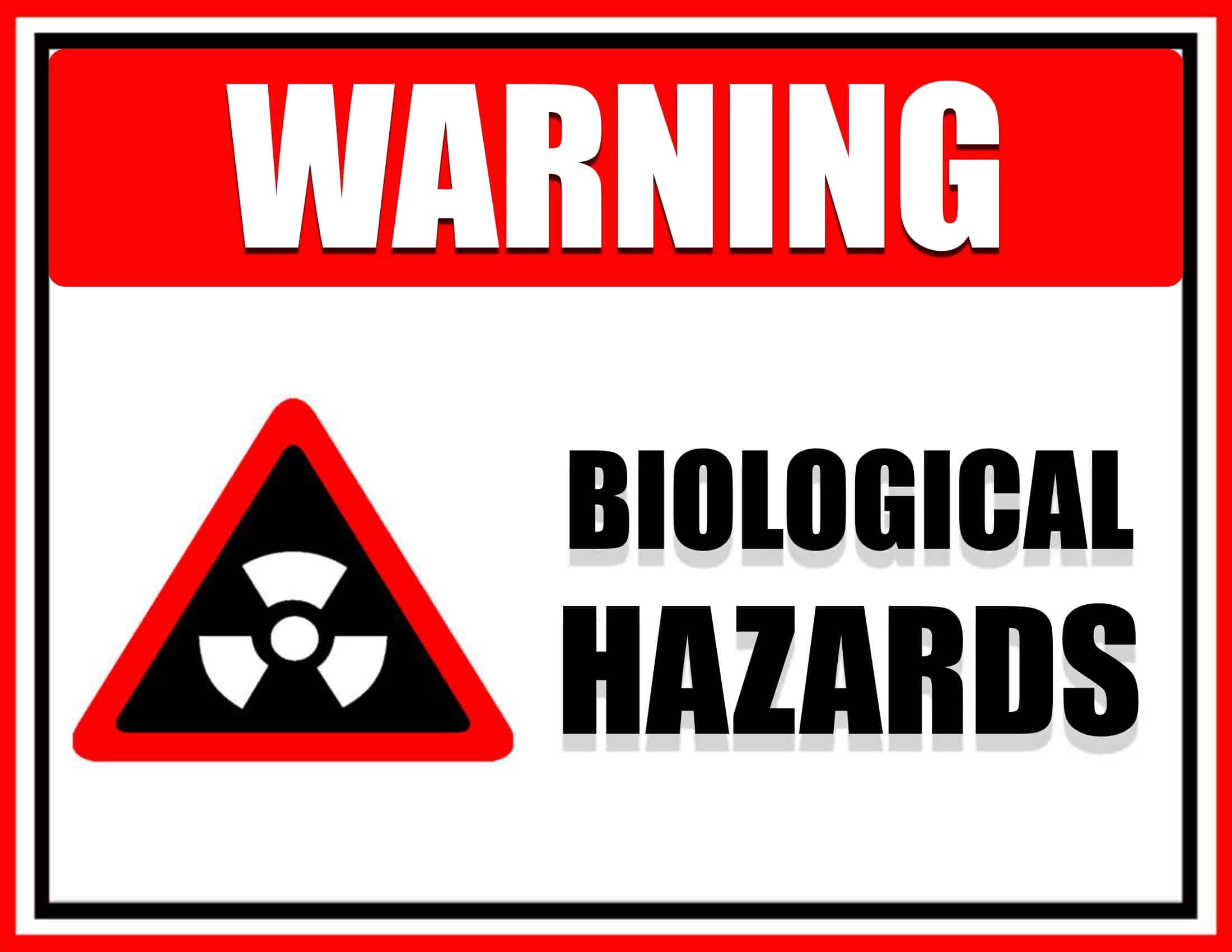






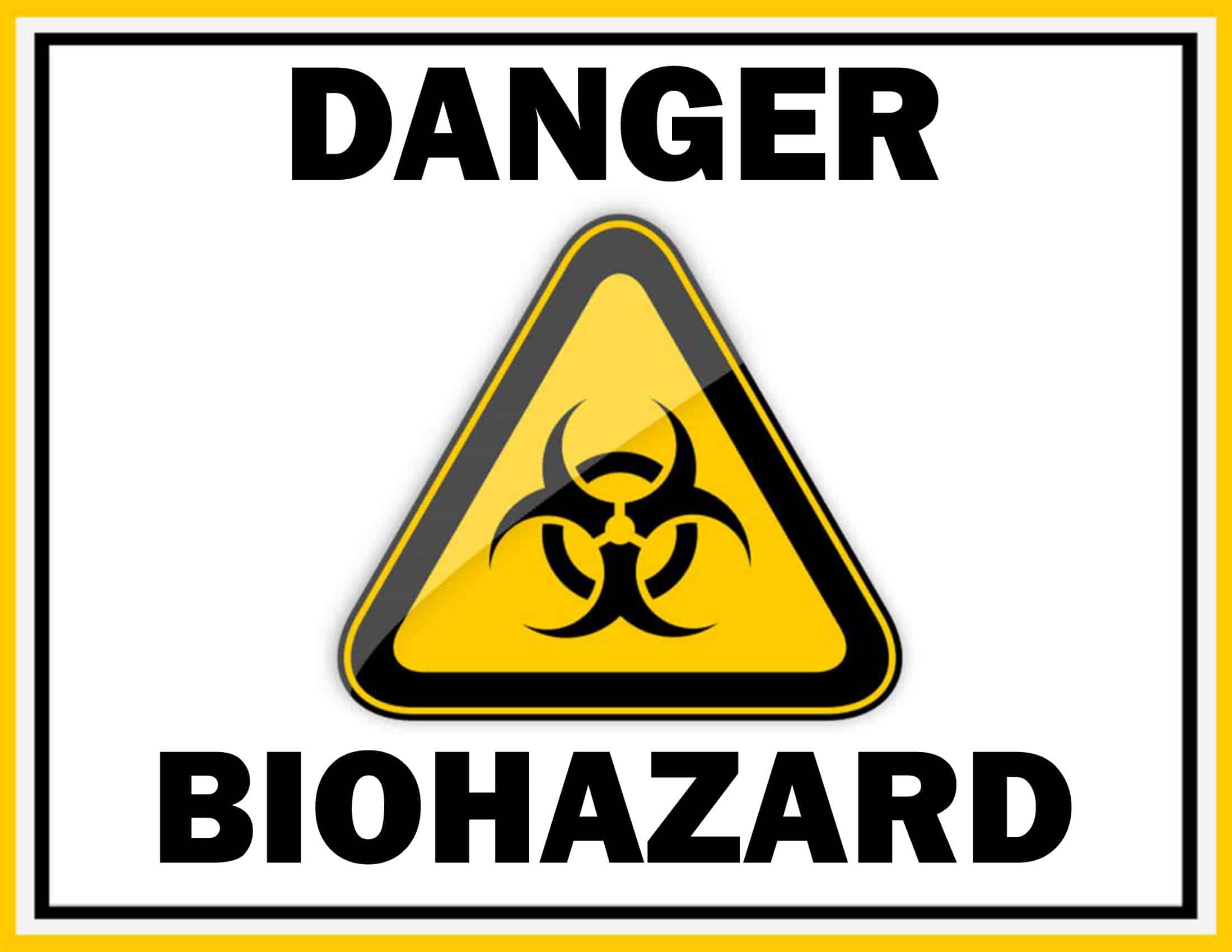







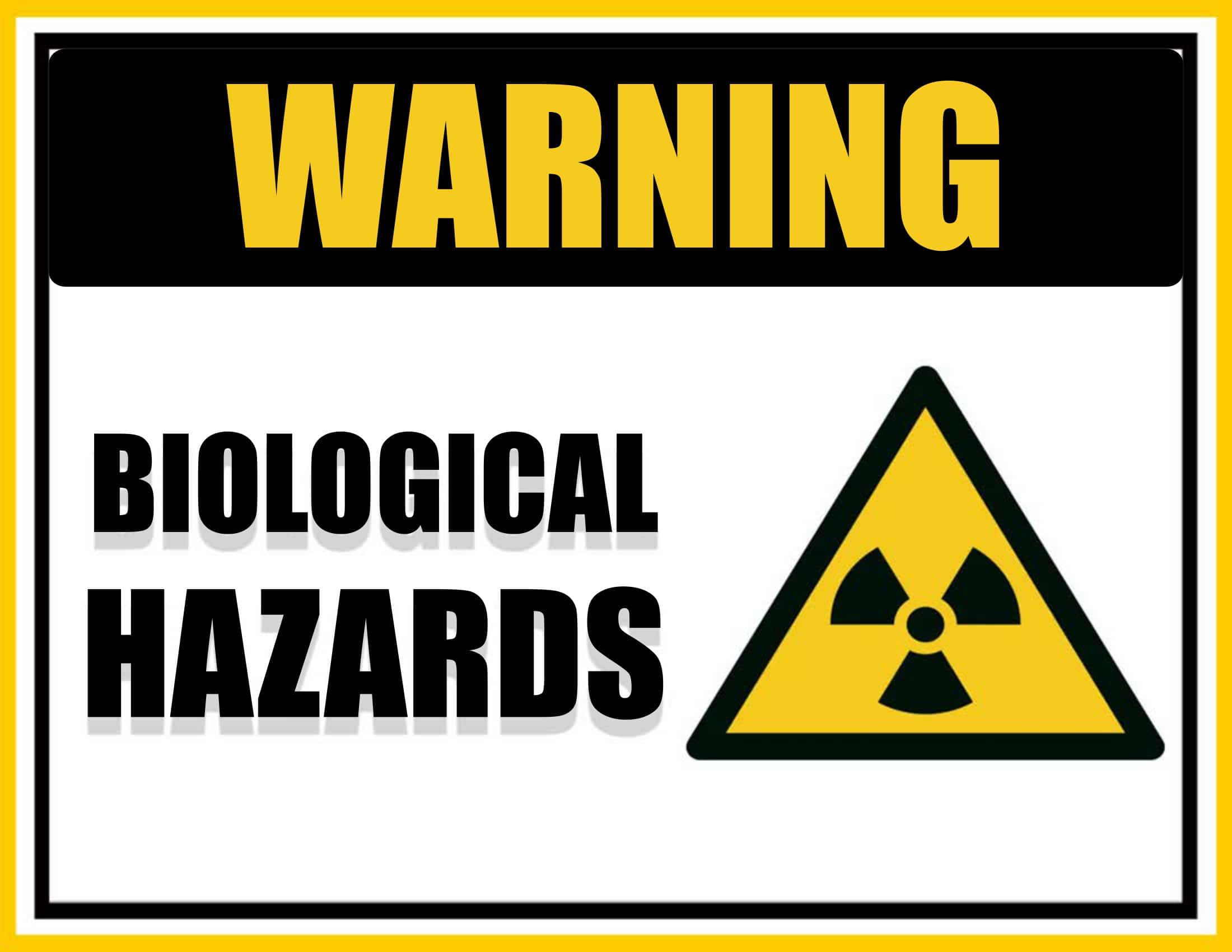
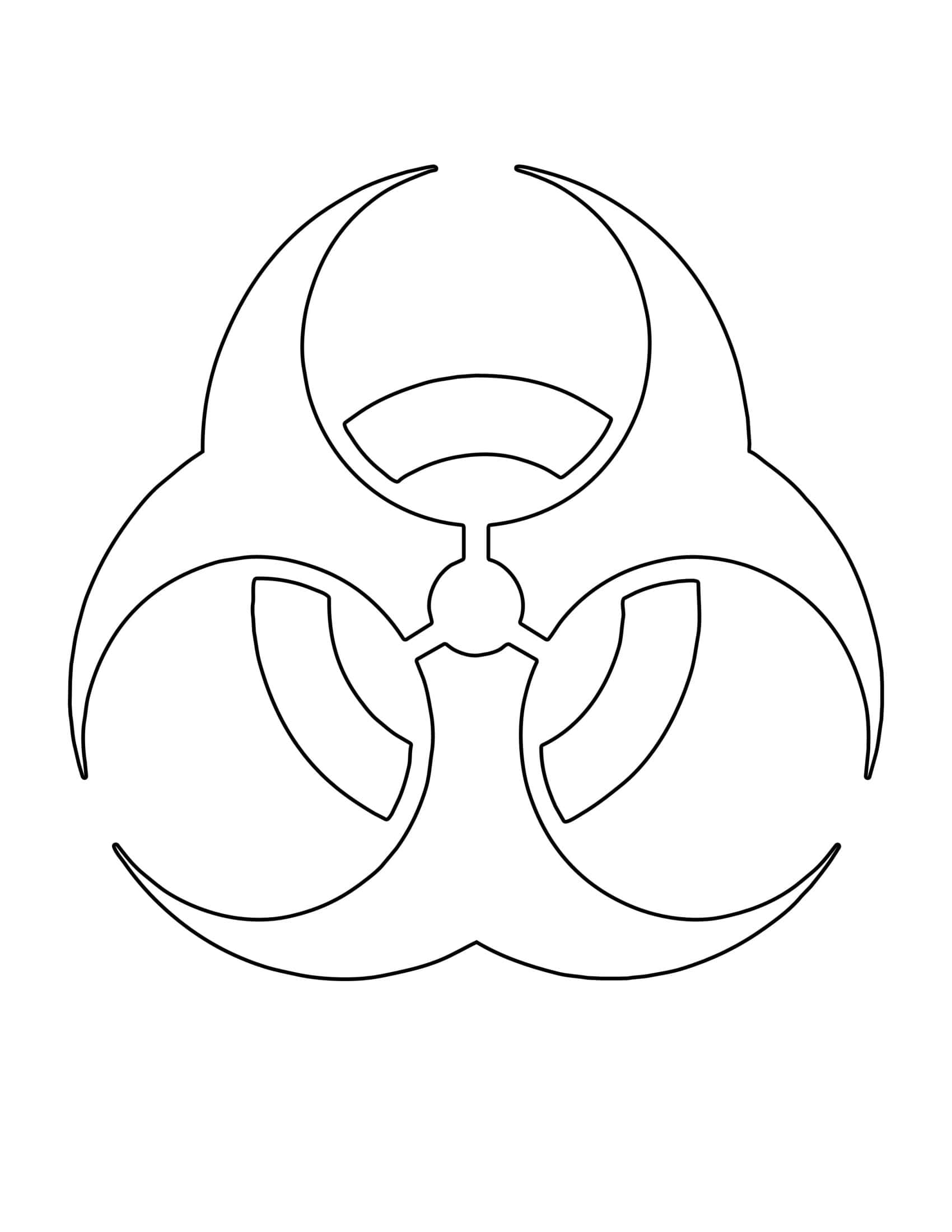



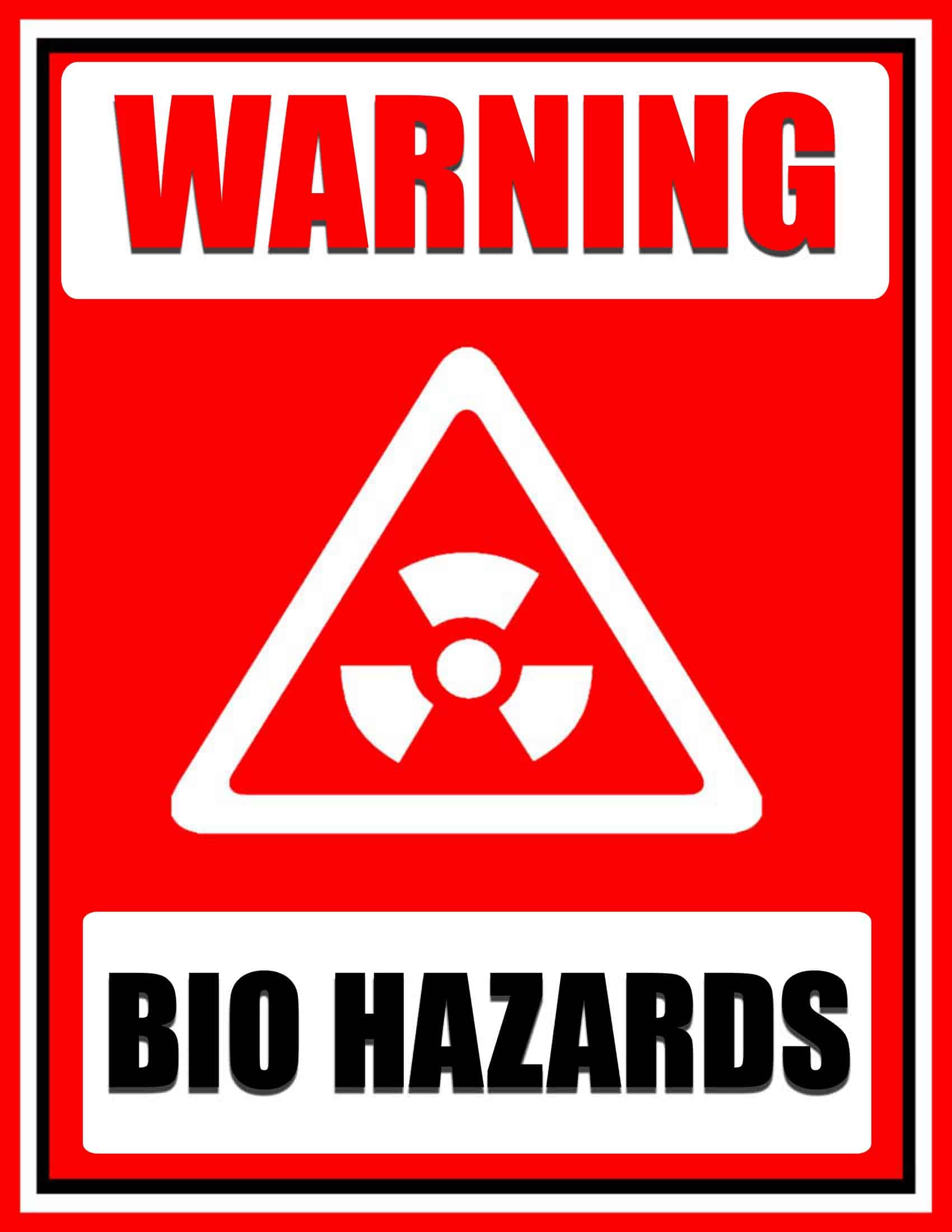
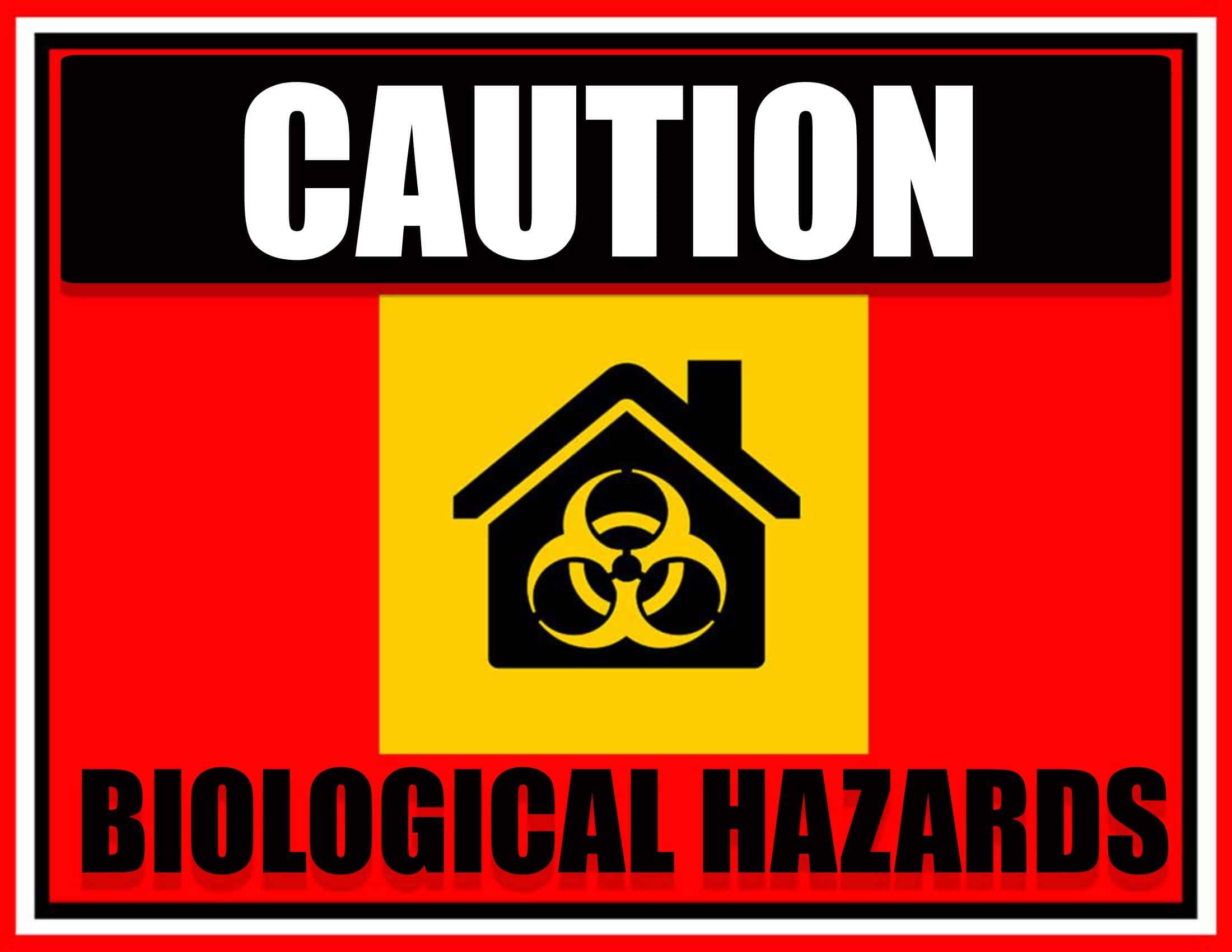




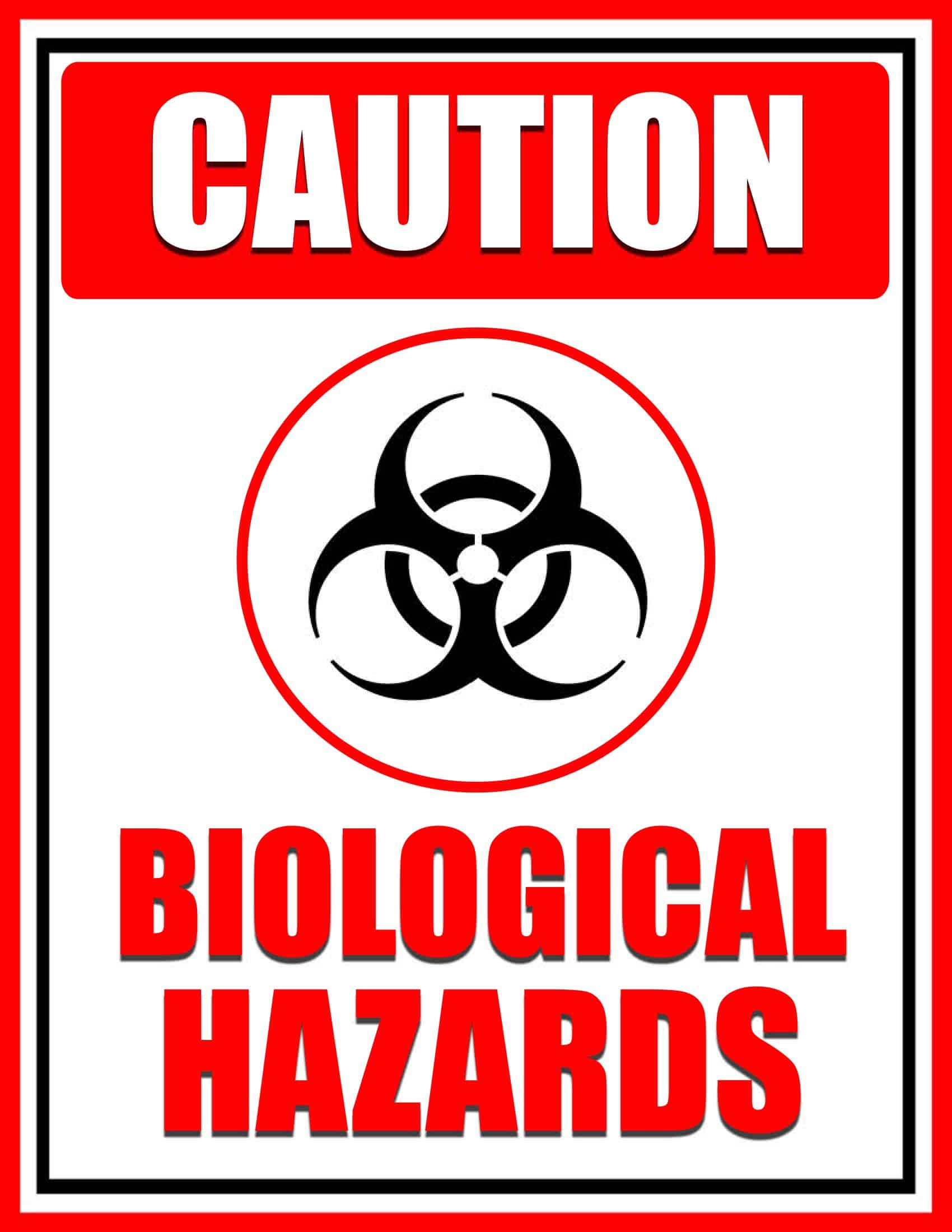

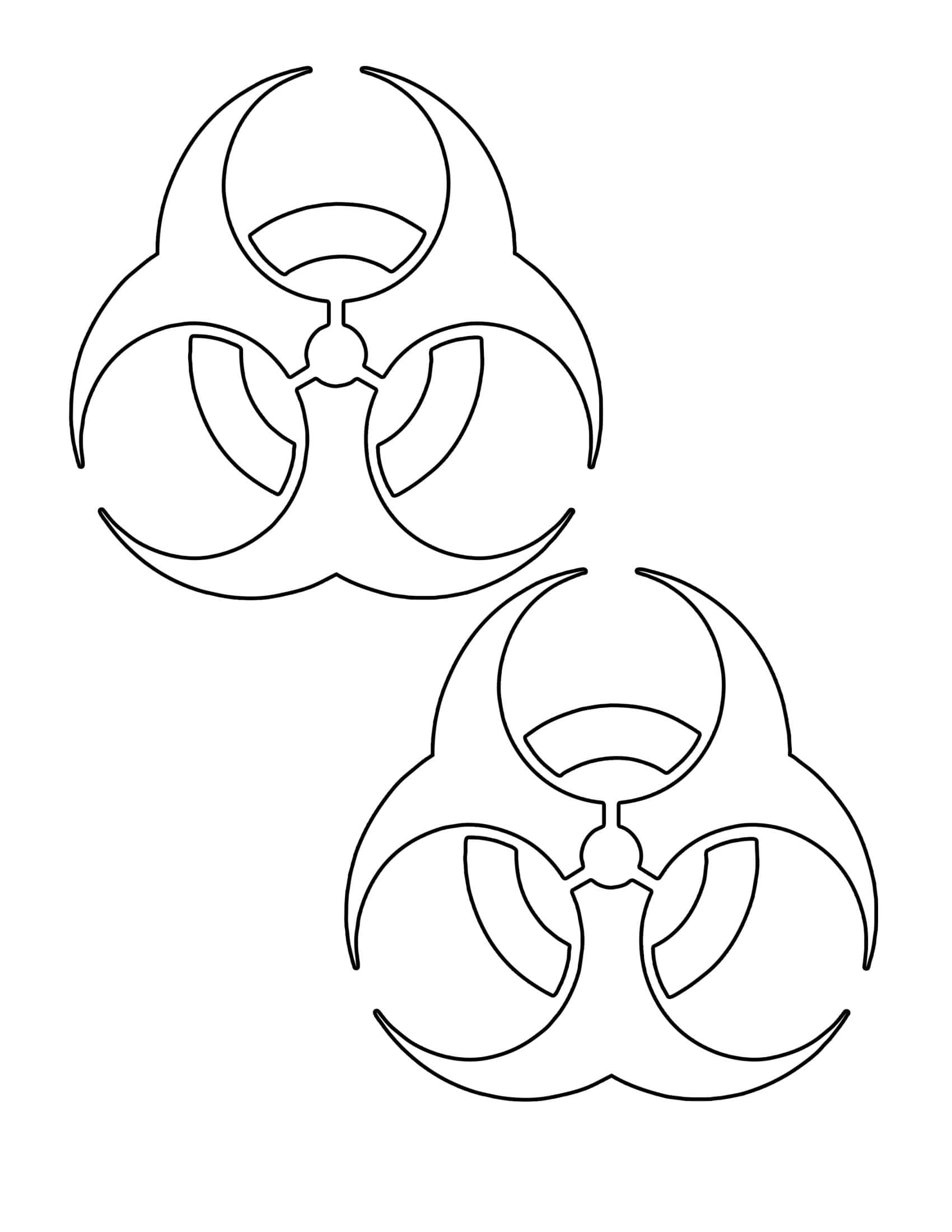

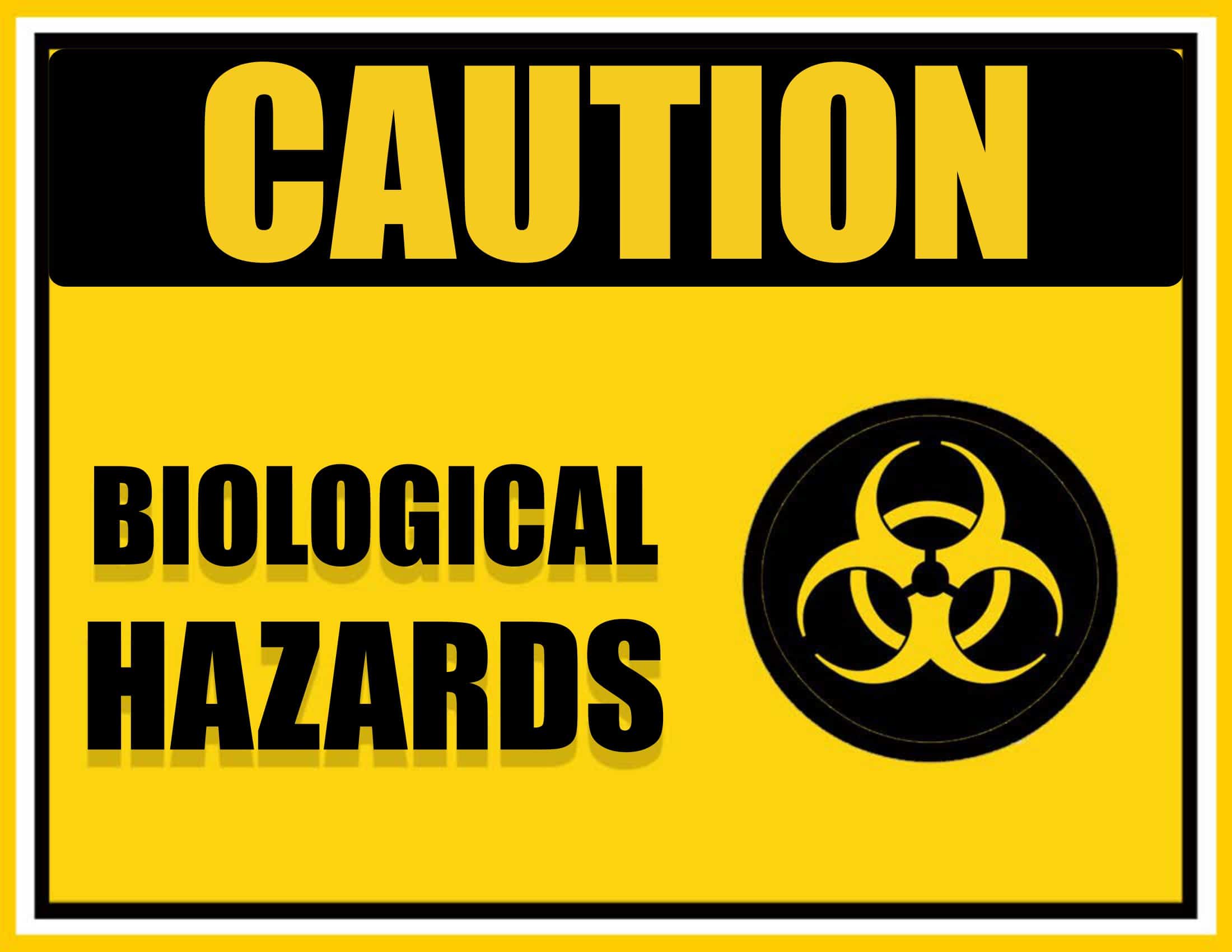
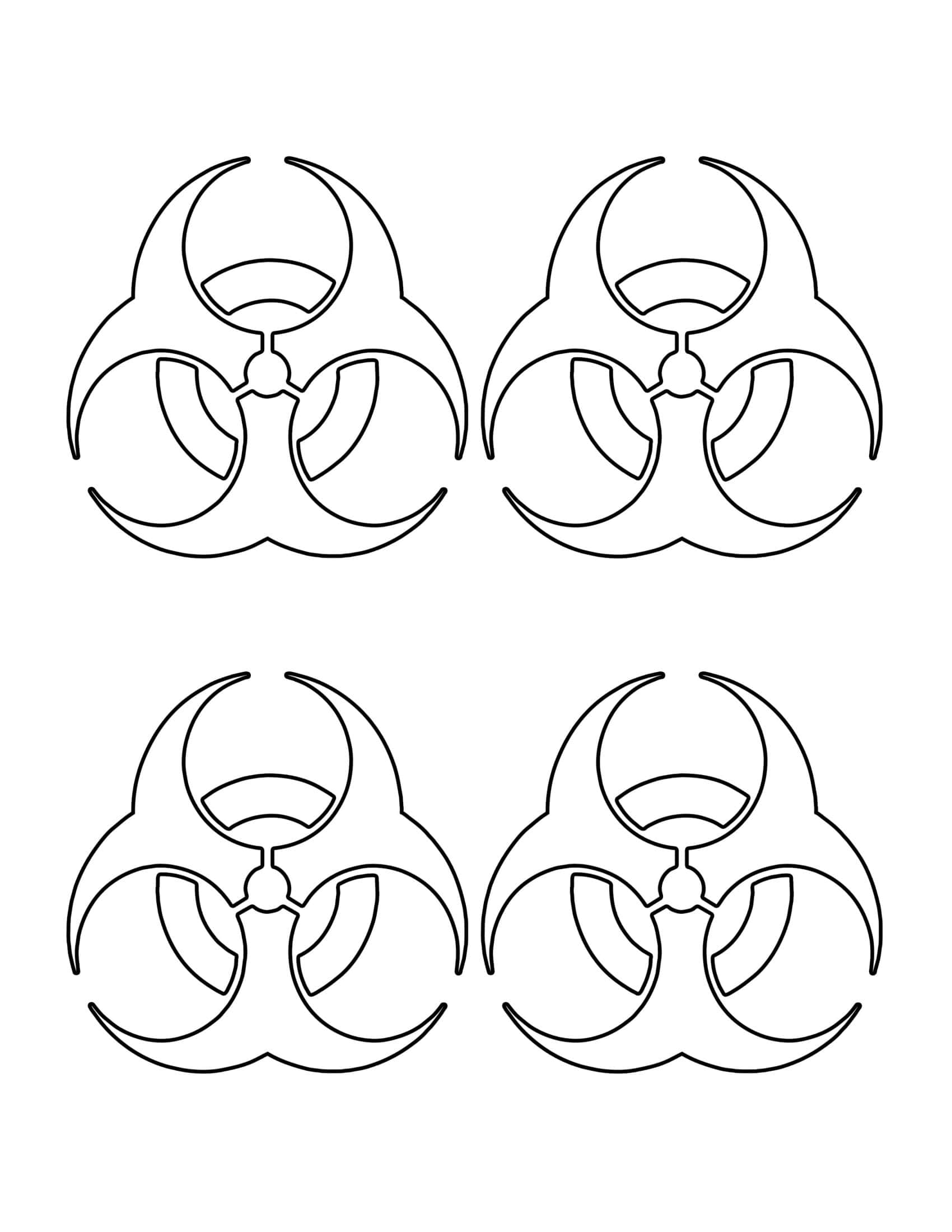



![%100 Free Hoodie Templates [Printable] +PDF 1 Hoodie Template](https://www.typecalendar.com/wp-content/uploads/2023/05/Hoodie-Template-1-150x150.jpg)
![Free Printable Food Diary Templates [Word, Excel, PDF] 2 Food Diary](https://www.typecalendar.com/wp-content/uploads/2023/05/Food-Diary-1-150x150.jpg 150w, https://www.typecalendar.com/wp-content/uploads/2023/05/Food-Diary-1-1200x1200.jpg 1200w)
![Free Printable Roommate Agreement Templates [Word, PDF] 3 Roommate Agreement](https://www.typecalendar.com/wp-content/uploads/2023/06/Roommate-Agreement-150x150.jpg)
